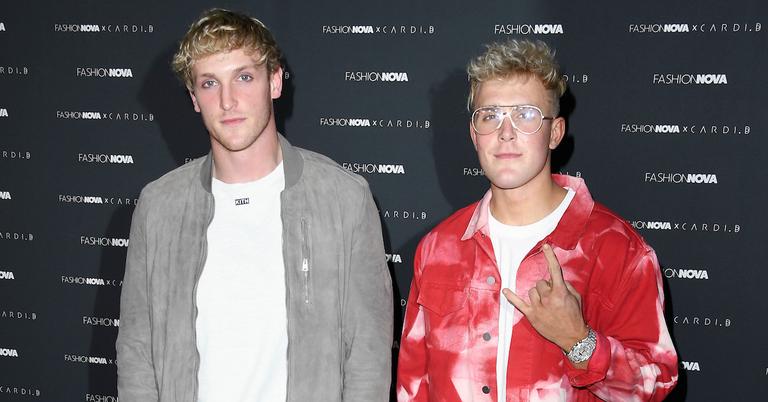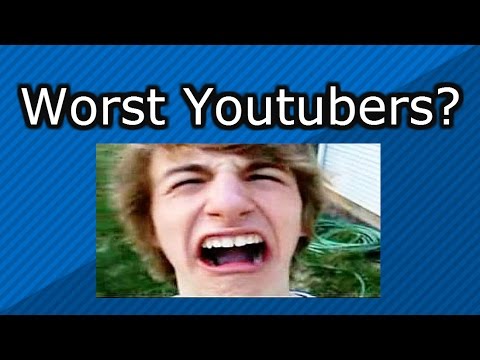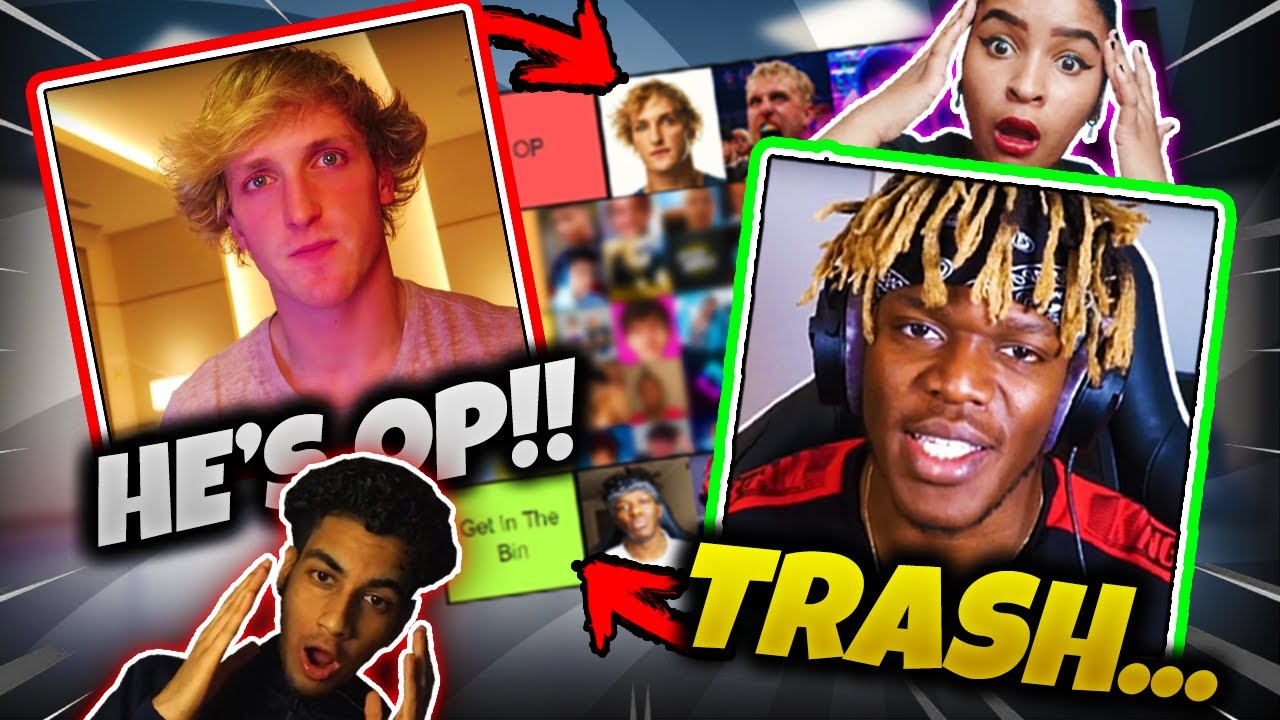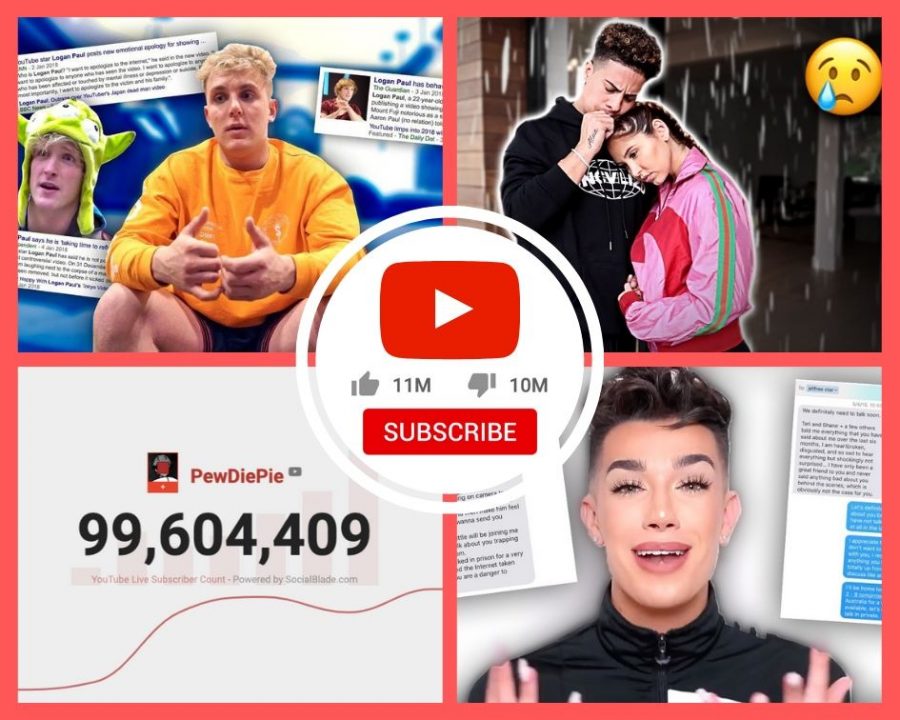In the vast universe of YouTube, where creativity meets entertainment, some creators have sparked more than just laughter—they’ve ignited controversy. This article delves into the murky waters of YouTube's most controversial figures, examining their actions and the fallout from their content. Who stands out as the "worst" YouTuber, and what makes them so controversial? Let's explore the criteria that define their notoriety and the impact they’ve had on the platform and its community.
Criteria for Measuring Controversy

When it comes to gauging controversy on YouTube, we can't rely on mere opinion. There are specific criteria that help us quantify and understand the actions of these creators. Here’s a detailed breakdown:
- Content Nature: The type of content produced plays a crucial role. For instance, content that promotes violence, hate speech, or illegal activities tends to attract significant backlash.
- Public Reaction: Viewer responses, comments, and social media discussions can indicate how controversial a YouTuber is. Viral outrage often defines a creator's reputation.
- Consequences: The fallout from actions—such as demonetization, platform bans, or legal troubles—also measures controversy. Creators like Logan Paul faced severe repercussions for their controversial choices.
- Longevity of Controversy: Some controversies fade, while others linger, affecting the creator's career long-term. This lasting impact can reshape a YouTuber's brand.
- Influence on Audience: The way a YouTuber influences their audience, especially younger viewers, can heighten their controversial status. Examining their impact on follower behavior is essential.
By assessing these criteria, we can better understand who stands out in the world of controversial YouTubers and why they merit the title of "worst." Each factor contributes to the broader narrative that shapes our opinions about these creators.
Also Read This: How Getty Images Makes Money
3. Case Studies of Notorious YouTubers

When it comes to identifying the "worst" YouTubers, a few names consistently pop up due to their controversial actions and the backlash that follows. Let’s dive into some infamous case studies:
- Logan Paul: Known for his vlogs and high-energy personality, Logan faced severe backlash after filming a suicide victim in Japan's Aokigahara forest. This incident sparked outrage globally, prompting discussions about content ethics and mental health.
- Jake Paul: Often in the spotlight for his reckless stunts, Jake has been criticized for promoting dangerous behavior. His antics, such as setting off fireworks in residential areas, have led to legal consequences and community backlash.
- Onision: This YouTuber has faced numerous allegations of manipulation and inappropriate relationships with minors. His controversial content and behavior led to a significant loss of followers and ongoing investigations.
- Tana Mongeau: While she carved her niche with her “storytime” videos, Tana became notorious for her chaotic events, like “TanaCon,” which ended in disaster and left many attendees disappointed and frustrated.
These YouTubers not only raised eyebrows but also ignited discussions about accountability, the responsibility of content creators, and the fine line between entertainment and ethics.
Also Read This: How to Delete Shows from Your Library on YouTube TV
4. The Impact of Controversial Content on Viewers

Controversial content can lead to a mixed bag of reactions among viewers. While some thrive on the drama, others are left questioning the morals and values portrayed. Here’s a closer look at those effects:
| Impact | Description |
|---|---|
| Normalization of Toxic Behavior | When viewers regularly consume controversial content, they may start to see toxic behavior as acceptable. This can lead to a shift in societal norms, where harmful actions are trivialized. |
| Desensitization | Repeated exposure to shocking content can numb viewers to serious issues, making them less empathetic toward real-life consequences. |
| Community Polarization | Controversial figures often split their audience into staunch supporters and vehement critics, creating toxicity in comment sections and social media discussions. |
| Increased Mental Stress | For some, engaging with heavy, controversial material can lead to anxiety or stress, especially if it touches on sensitive subjects. |
Ultimately, the impact of controversial content goes beyond the screen; it shapes perceptions, influences behaviors, and can even alter the course of discussions around crucial social issues.
Also Read This: Does YouTube TV Have Fubo? Comparing YouTube TV with Fubo TV’s Features and Channels
5. Community Reactions and Backlash

The world of YouTube is a vibrant mix of creativity, entertainment, and sometimes, controversy. When a YouTuber crosses the line—whether through offensive remarks, unethical behavior, or inappropriate content—community reactions can be swift and intense. A prime example is the backlash against Logan Paul following his infamous video in Aokigahara Forest, which led to widespread outrage and calls for accountability.
In cases like Paul's, the reaction often manifests in several ways:
- Social Media Outrage: Platforms like Twitter and Instagram become battlegrounds for fans and critics alike, where hashtags trend and petitions are formed.
- Loss of Sponsorships: Many brands distance themselves from controversial figures. Paul lost several lucrative sponsorships, highlighting how businesses are wary of associating with negative publicity.
- Subscriber Margins: The fallout often leads to subscriber losses, with fans unsubscribing in protest. For example, after the Aokigahara incident, Paul lost over 1 million subscribers in just a few days.
- Community Dialogues: These controversies spark discussions within the YouTube community about accountability, ethics in content creation, and the impact of influencers on their audiences.
Ultimately, community reactions are a powerful reminder of how content creators operate within a social framework, where their actions can provoke significant consequences that ripple through their platforms and beyond.
6. Conclusion - Reflecting on the Responsibility of Content Creators
As we wrap up our examination of controversial YouTubers, it's essential to reflect on the profound responsibility that comes with being a content creator. With millions of views and subscribers, YouTubers wield incredible influence over their audiences, especially younger viewers who may look up to them as role models.
Here are some key points to consider:
- Impact on Youth: Many viewers are impressionable teenagers. Content creators must be aware of the messages they send, as their actions can shape attitudes and behaviors.
- Accountability: Creators must take ownership of their content. When mistakes happen, acknowledging them and learning from them is crucial for growth and maintaining audience trust.
- Community Engagement: Engaging positively with the audience fosters a sense of accountability. Creators should listen to feedback and strive to create content that uplifts and informs.
- Ethical Standards: Setting personal ethical guidelines can help creators navigate the sometimes murky waters of content creation. It’s about knowing where the lines are drawn and respecting them.
In conclusion, while controversies may grab headlines, they also serve as a poignant reminder that with great power comes great responsibility. Creators should aim to inspire and educate, ensuring their content reflects the positive values they wish to promote.
 admin
admin








